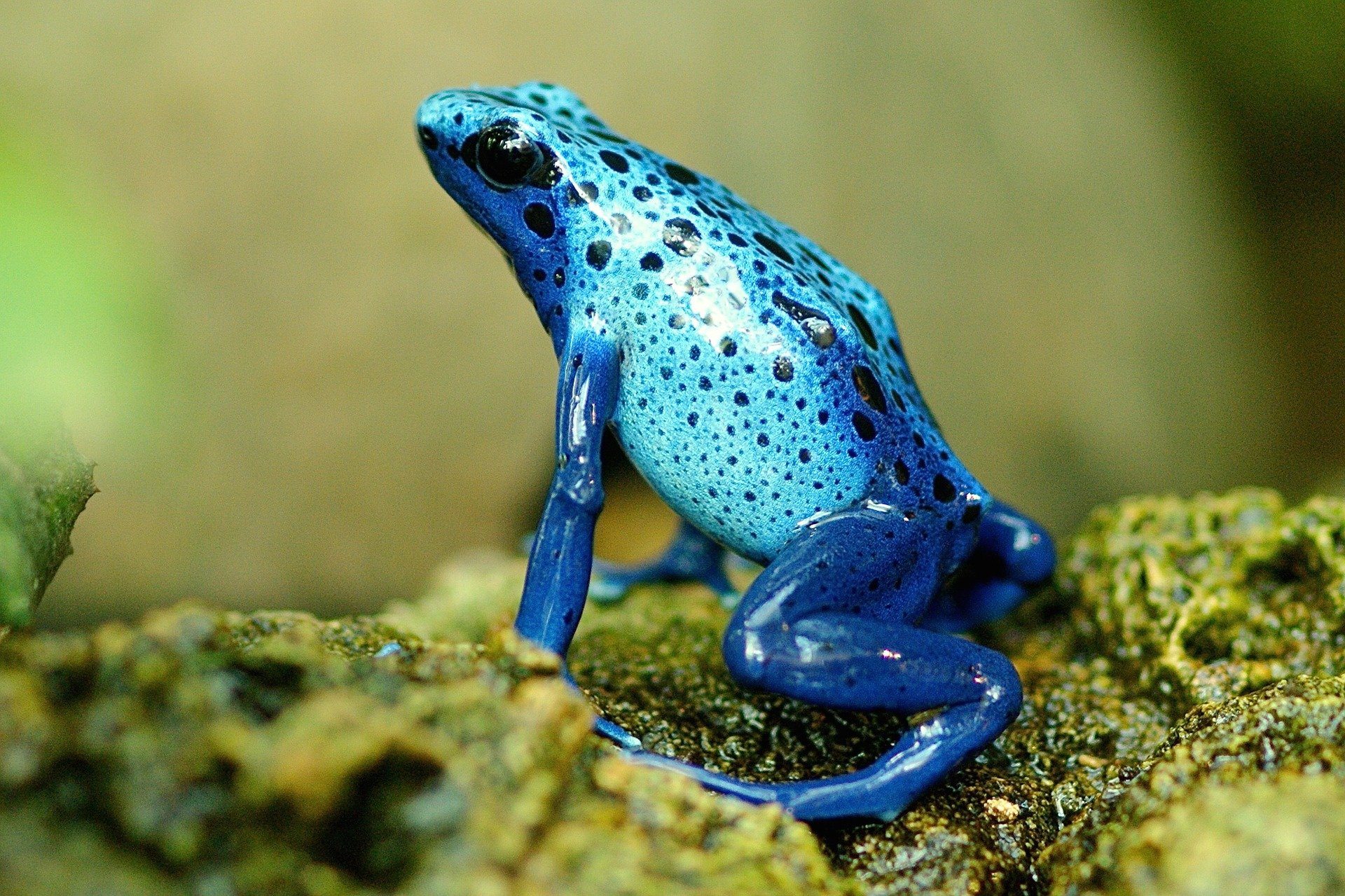
What is an amphibian?
A cold-blooded creature born in water and having an ability to live in two types of habitat i.e. land and water is known as an amphibian. The larva's gills gain the capacity to breathe air as it matures into an adult, allowing the animal to survive on land. Thus, amphibians can live in both water and land habitats. Amphibians include frogs, toads, and salamanders. Here we talk about what is an amphibian?
Amphibians
Amphibians are tiny animals that cannot exist without water or a moist environment. Amphibians have cold blooded in nature means they are able to maintain their body temperature according to the surrounding environment. Due to their delicate skin, they require appropriate living conditions. Too much sunlight as well as too much wind could cause them dehydration. As a result, amphibians are the most vulnerable to extinction due to their delicate skin. They are the first to die when their habitats are disturbed or poisoned with chemicals such as weed killers. That is the primary cause of the disappearance of more than half of all frog species.
The term ‘amphibian’ has originated from the Greek term amphibious, which means "to have a double life." The Greek word Amphi means "of both sorts," and bios, which means "life." This term refers to a group of creatures that spend one part of their lives in water and another part on land. The largest amphibian ‘Chinese giant salamander’ weighs roughly 140 pounds, while the tiniest one ‘microhylid frog’ is only a few grams. The amphibian family includes frogs, toads, salamanders, newts, and caecilians.
Amphibian life cycle
They are wormlike animals with poorly developed eyes. These creatures are born with gills, and while some lose them as they mature, others keep them throughout their lives. The babies have limbs and lungs when they reach a particular size. Some creature loses their tails as well.
The life cycle of amphibians starts with born as an egg. An egg generally develops into a larva. The larva gradually grows legs and limbs, as well as lungs, to become an adult. The larval stage could be two weeks to two years in length. The adult amphibian will emerge from the water once the transformation is complete and spend most of its life in the moist environment. They eventually grow up and jump or crawl out of the water, spending the remainder of their life on land. The process of transformation is known as Metamorphosis.
Amphibians are the most vulnerable group of creatures on the planet. Because of their fragile eggs and semipermeable skin, they are sensitive to different types of dangers present in the environment. They are capable of absorbing water as well breathe via their skin. Every major problem like climate change, pollution and fluctuation in temperature, etc. has an impact on them. These conditions put them in grave danger. The most poisonous amphibians are often the most vividly colored, which serves as a warning to prospective attackers.
Amphibians are a fascinating and varied group of creatures. They are known for their slimy, smooth skin and lack of scales, feathers, or hair.
#amphibian #frog #amphibians #frogs #nature #animals #wildlife #treefrog #toad #herpetology
Sharing = earning
1,000,000 views = € 1,000
100,000 views = € 100
10,000 views = € 10
1,000 views = € 1
500 views = € 0.50
250 views = € 0.25
100 views = € 0.10
50 views = € 0.05
25 views = € 0.025
10 views = € 0.01
And much more
- Comments (0)
- Recommended
- Milestones
No comments yet
Here are your recommended items...
Here are your milestones...








